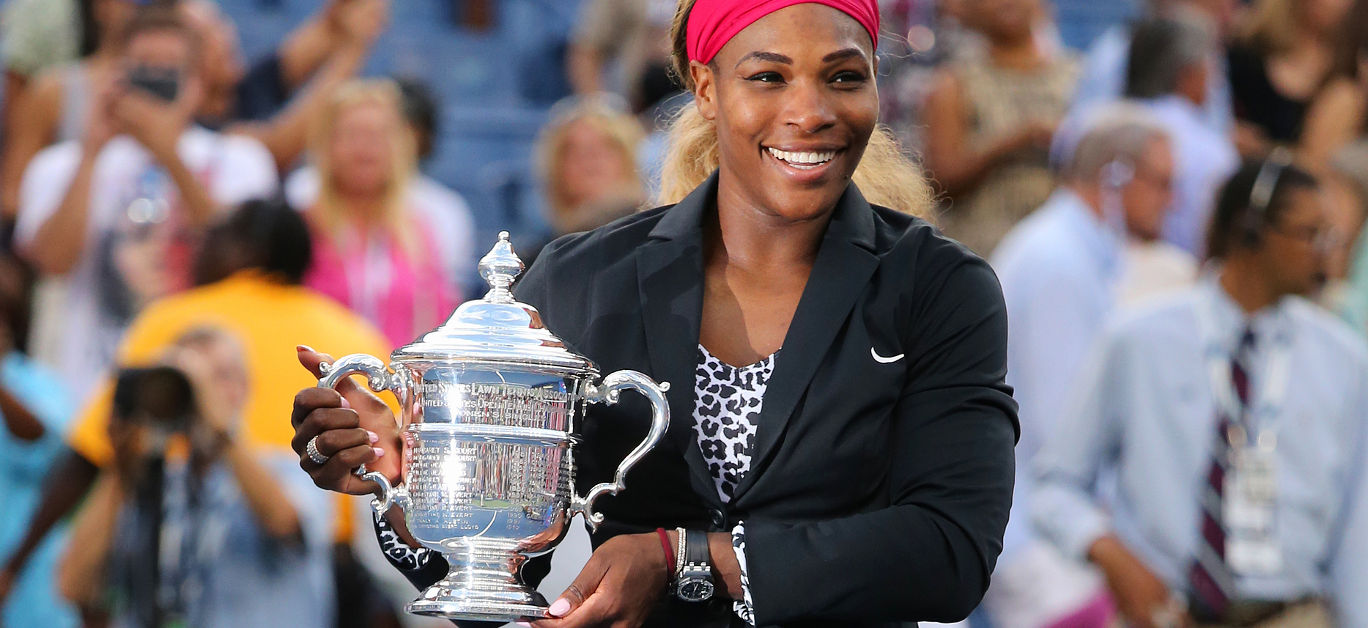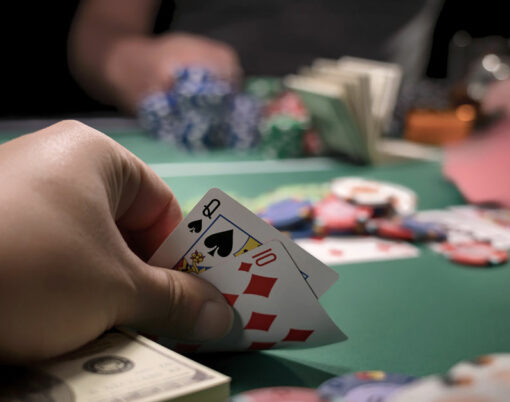For professional tennis players across the globe who aspire to become known as one of the sport’s greatest talents, competing in a Grand Slam is a dream come true – and actually winning the title goes even further. A life-changing accomplishment and an all round transformative experience that has the power to upgrade their lifestyles in every way – including earnings and status – it’s easy to see why it’s considered the holy grail for tennis aficionados.
It’s not news that the Grand Slam title comes with a generous cash prize, not to mention the huge potential in lucrative brand deals and endorsements that come with the success. But it isn’t just the winners who benefit financially, with every Grand Slam event generating eye-watering amounts of money for each stakeholder involved. Everyone from the host to the competitors themselves take a cut of the profits; then, there are the indirect stakeholders also enjoying a slice, from the media and merchandisers to top bookmakers providing online betting – making the tournament an all-round money-making machine.
The cash prizes doled out in the competition might seem extravagant, but the truth is that tennis is such a prestigious sport, steeped in history and long associated with luxury, that they are actually fair enough – even if some of them may be unthinkably large.
While Australian Open, US Open, Wimbledon and French Open tennis players have seen their bank balances grow each time they qualify for the next round, winning the title takes the pay-off to the next level, and then ups the ante some more.
But even with huge money prizes, many world-class tennis champions argue that what they are really playing for is the trophy and the recognition, and not the money at all. The trophy, and in particular the symbolic nature of winning such a coveted title, is the ultimate goal for many pros – but there’s no denying that the cash prizes certainly come as a rather nice added bonus.
Grand Slam trophies have always been a subject of discussion among tennis fans – those with a passion for artifacts will discuss their unique design and craftsmanship, while history buffs will discuss the origins of trophies. With each Grand Slam tournament comes a trophy with its own unique significance, and one of the most interesting topics of conversation as each event unfolds is just what the win would mean to the lucky player.
Australian Open
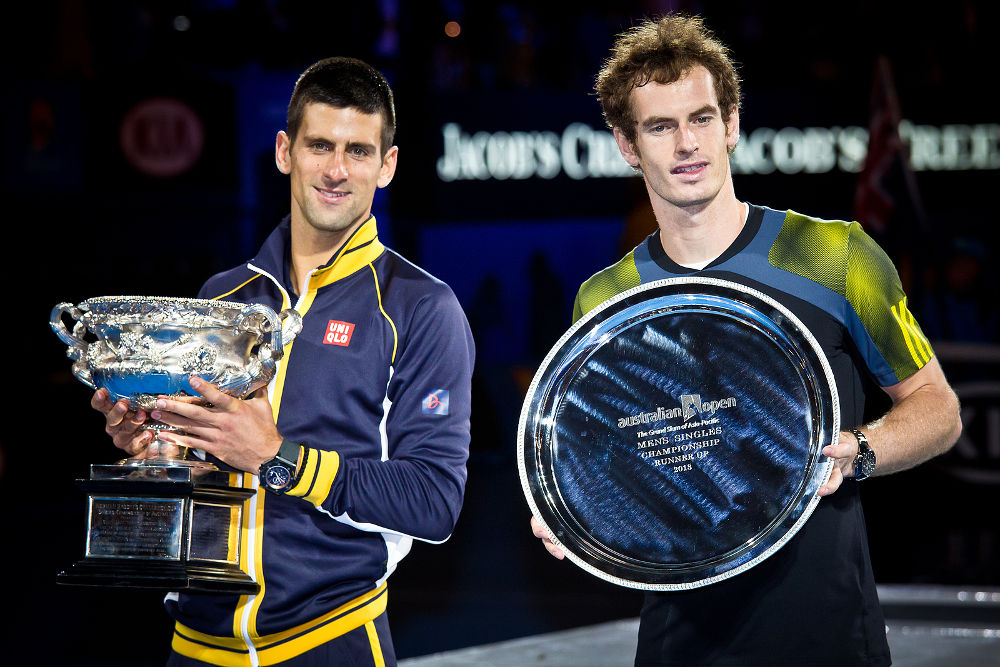
At the Australian Open, two iconic trophies are up for grabs; the winner of the men’s singles scoops the Norman Brookes Challenge Cup, while those triumphant in the women’s singles get to lift the Daphne Akhurst Memorial Cup.
Both trophies are named after notable Australian tennis players, who have gone down in tennis history thanks to their remarkable achievements and lives. Sir Norman Brookes was one of the greatest tennis players in the country and the first non-British male to win Wimbledon, as well as being the president of the Lawn Tennis Association for nearly 30 years.
Daphne Akhurst, meanwhile, was a five times singles champion, who had made tennis accessible to women in a way that nobody else had managed before her. Sadly, she passed away at the tender age of 29 due to an ectopic pregnancy, leaving her career unfinished and in great detriment to the tennis world – but she has been remembered in the years since in this prestigious homage to her achievements.
French Open
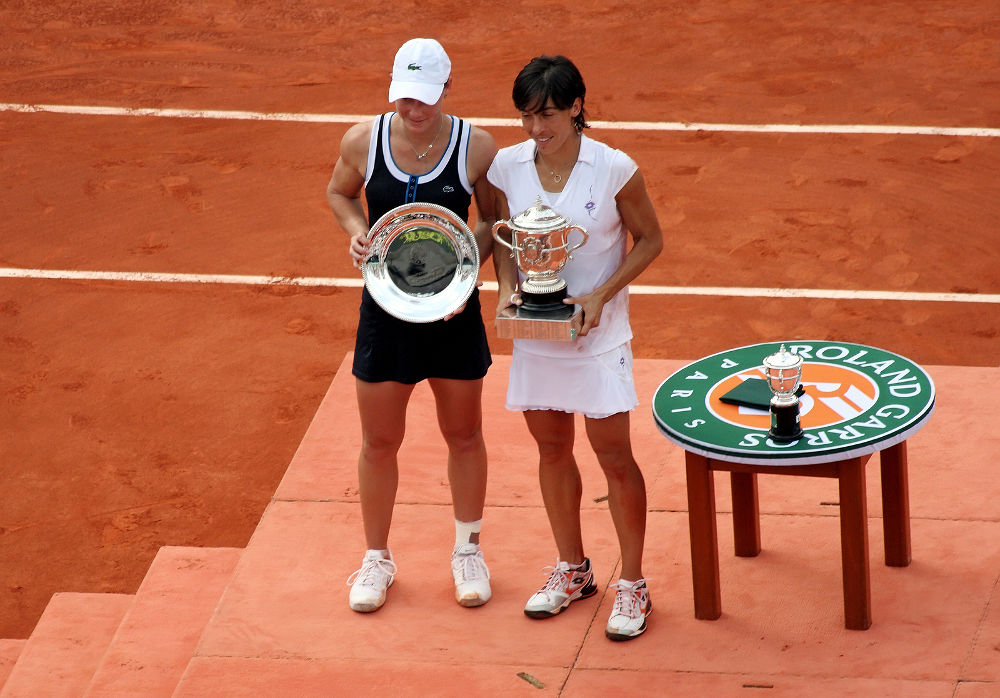
At the French Open, the men’s singles winner is presented with the La Coupe des Mousquetaires (The Musketeers’ Cup), which was designed by Mellerio dits Meller, one of the oldest and most famous jewellery houses in the world. The trophy is a tribute to four great French tennis players (the four musketeers) – Rene Lacoste, Jacques Brugnon, Jean Borotra and Henri Cochet – all of whom achieved some impressive accomplishments in the sport that were deemed very much worthy of recognition.
The women’s singles champion is awarded the Coupe Suzanne Lenglen, also designed by Mellerio dits Meller. The trophy was named after Suzanne Lenglen, a six times French Open winner, who has made a huge impact on the female tennis culture.
Wimbledon
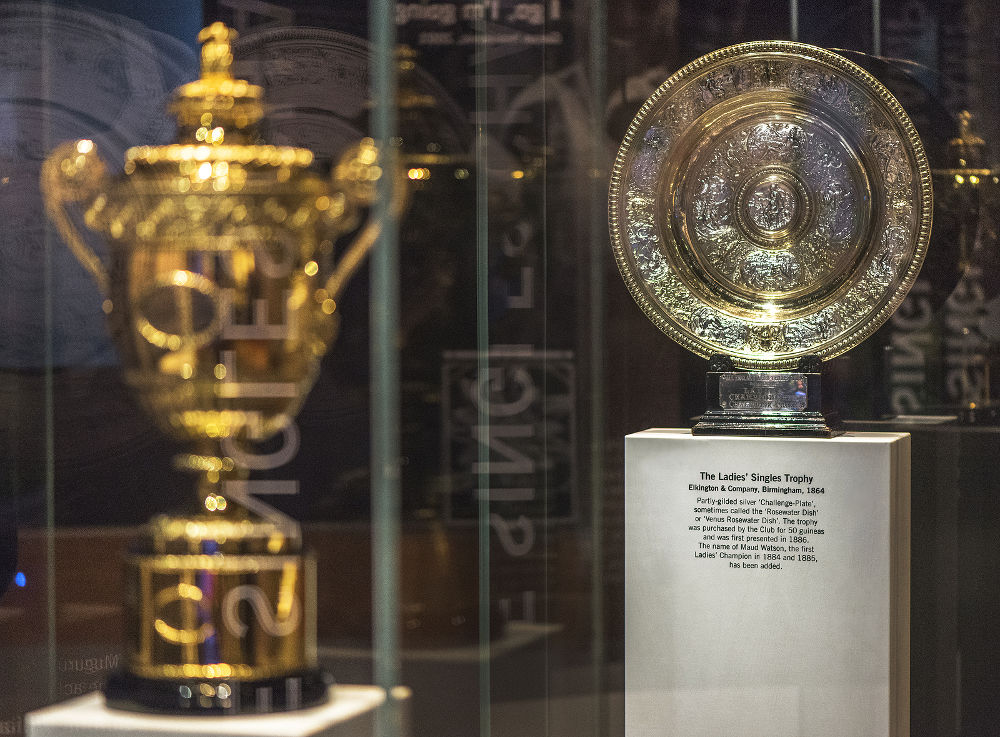
Wimbledon – the esteemed tennis tournament held each summer in London – is also known for its covetable trophies, with the winner of the men’s singles title lifting the stunning Gentlemen’s Singles Trophy, which was designed and crafted by Elkington in the end of the 19th century. Although it doesn’t have the same sort of history behind it as some of the other trophies we’ve mentioned above, it remains seen as a highly valuable prize for winners, most likely because it stands for an achievement in arguably the most iconic Grand Slam of all.
The women’s singles champion receives a similarly sought-after trophy in the form of the Venus Rosewater Dish, which is a copy of an artifact displayed in the Louvre museum in Paris. Whilst it’s rather different to the usual tennis trophies we see, it’s highly valued by everyone in the world of tennis, and stands out thanks to its unique shape and look.
US Open
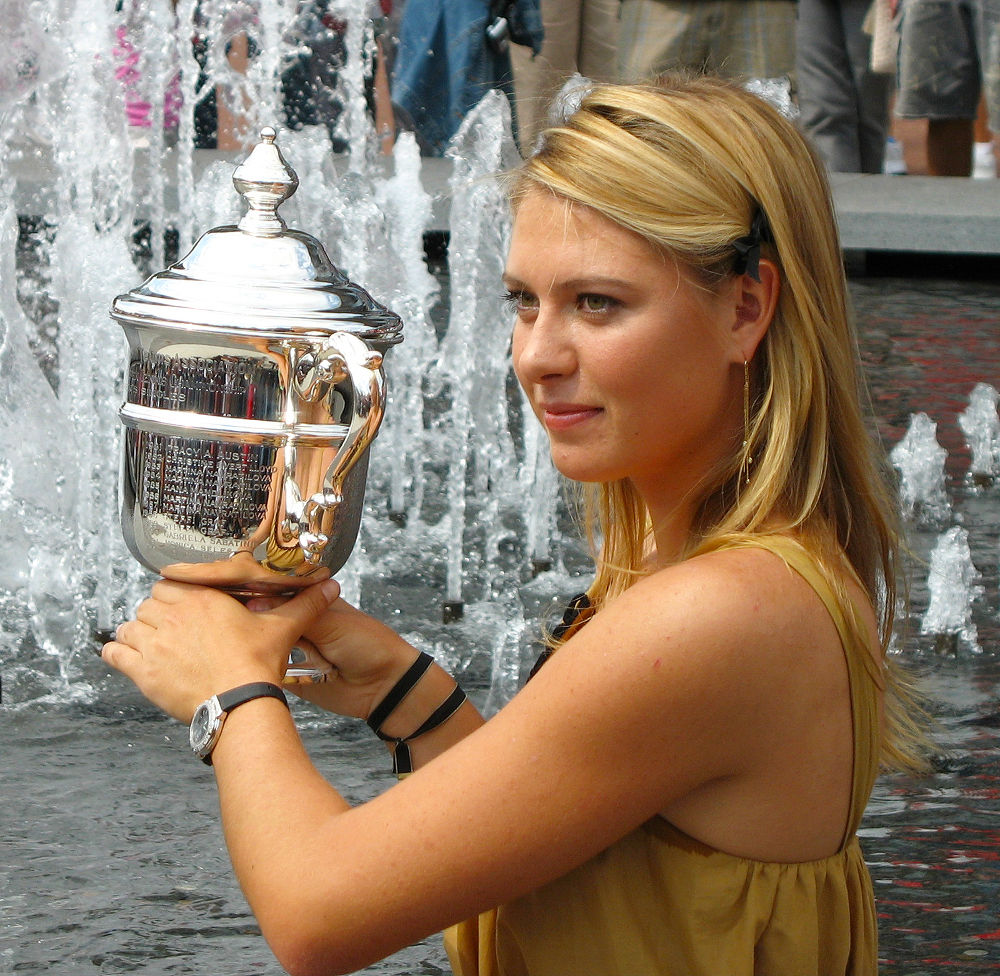
Both men’s and women’s champions in the singles tournaments at the US Open are presented with silver trophies, which were designed by the legendary jewellery and silverware house Tiffany & Co. They don’t come with any big story or symbolic character attached, but they are incredibly valuable to every winner nevertheless. After all, there is no achievement quite like winning an esteemed title, no matter what trophy you receive.
Please gamble responsibly (18+ UK) – check age restrictions before participating












